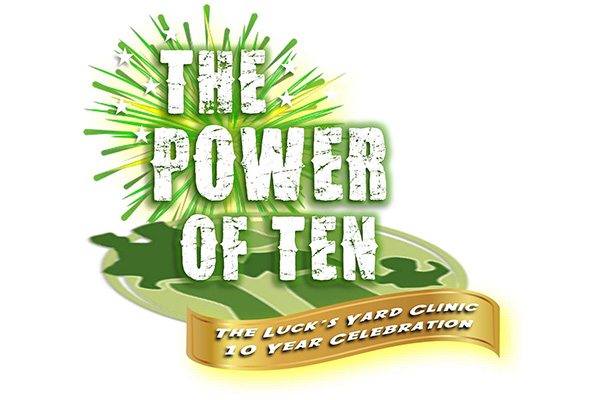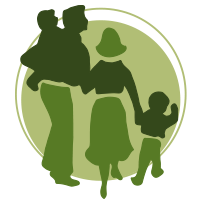10 things that make you stuck in the ‘Amber’ Phase
- Ignoring pain. Many patients ignore daily little twinges which they experience in the hope they will go away. This may be the case, however what your body might doing is adapting to the changes creating more mechanical adaptation what we call and ‘layers of tension’. These might even result in what we have coined the ‘iceberg effect’, which usually presents as acute neck or back pain when there is no obvious trauma to blame it on. We think it is important that you listen to your body, as pain is one of the ways your body communicates to let you know something is not as good as it could.
- Superhero syndrome: As acute pain reduces patients try to catch up with the chores they have not been able to do before due to pain. The ‘Amber’ phase is when your body is readjusting and resetting and you might feel more freedom, however the changes created by manual therapy have not been cemented in your nervous system which can lead to easier re-injury.
- Bad habits. One of the most important but more difficult things to achieve is changing our bad habits. Our bodies have had years of reinforcing those habits and our brains can be a bit lazy trying to learn new ones. It is important to persevere and try to include good habits in our everyday lives as that is how the brain creates new connections to maintain those changes. It is important to keep working on our posture at all times as well practicing healthy movement patterns to decrease the chance of injury.
- Stress. This is a major contributor to why patients get stuck in the ‘Amber’ phase. Stress creates hormonal and chemicals changes in our bodies that can result in inflammation. Furthermore stress keeps the body in the ‘fight or flight’ state which puts constant pressure on your nervous system. So unless you are being chased by a bear or something crazy like that, take time to practice some breathing exercises, meditation, yoga or physical activities that promote stress relief.
- Sleep. The body and brain need time to recover from all the activities and stresses of the day and this happens especially during sleep. It is important that you check your mattress and pillow are offering support to your spine and neck to avoid putting unnecessary loading on your joints. Avoid using screens an hour or so before bed as they emit blue light that mimics daylight, confusing your brain and preventing it from shutting off. This is an ideal time to practise some meditation or breathing exercises to relax the body and brain.
- Food. Some people are unaware that certain foods can promote inflammation such as sugars, processed foods, refined grains and processed vegetable oils and alcohol. We recommend trying to eliminate these kinds of foods and swap them for vegetables and salads, wholegrains, foods rich in omega 3 essential fatty acids, such as oily fish like wild salmon, mackerel and sardines or walnuts and flaxseeds. Other important anti-inflammatory fighters are antioxidants such as glutathione, Vitamin A, C, D and E and minerals like magnesium. You can find them in oily fish, eggs, leafy greens, fruit, nuts and legumes. Having a food rich in these anti-inflammatory fighters will help with your pain and recovery.
- Be patient. The ‘Amber’ phase can feel the most frustrating and last the longest. This is because your body is rebuilding and readjusting to its new frame. Your tendons, ligaments and muscles are slowly recovering from the uneven load and stress they have endured for many years. Although having a fast recovery seems ideal it can actually result in re-injury as our brain and body have not been able to adapt to the changes and learn better patterns of movement and behaviour; therefore a slower and steady recovery it is better in the long term.
- There is no ‘I’ in team. Many people believe that their recovery is in the hands of their health care provider alone, however it is only a part of the puzzle. The manual therapist will help with getting some balance to the body but it is important that the patient makes healthy life choices as part of the road of recovery to help maintain the changes we are trying to create. At Luck’s Yard we believe patients should be involved in their treatment helping them take control of their own recovery as well as learning how to help their body in case of re-injury . We encourage them to listen to their body and become aware of what it is telling you.
- Motion is lotion. Pain can sometimes make us reluctant to move as we believe it will cause more injury. Our bodies are bio-machines that need to move otherwise, like any machine, it will get rusty and stiff. You should always move within your tolerance if you find yourself in pain and with lack of movement. This will help the brain and nervous system maintain the communication channels between your joints and muscles. Once you are out of the ‘Red’ acute phase and you are starting to recover it is important to begin with some gentle exercises to keep oiling up the joints and prevent stiffness. Exercise is also good to reinforce the framework and give your body more stability which will lower the risk of injury or help with recovery. We usually recommend yoga, pilates or swimming as a way of keeping your body moving and building up strength without putting too much stress in your joints while recovery is happening.
- Consistency. We know life is busy and crazy at times and your priorities change when pain is not on your mind constantly but missing appointments can disturb your manual therapist’s treatment plan which could send you back to the acute phase of pain sooner rather than later. We recommend trying to keep to the treatment frequency, as each visit builds on the previous treatment and keep the momentum of improvement going. Be assure that the therapists at Luck’s Yard will be constantly reassessing your progress to adapt the treatment plan as necessary or to refer you on to another therapy that might help speed up your recovery. Either way, our aim is to help you become the best version of yourself that you can be.




